一、基本语法和数据类型操作
打印输出:print("Hello, Python!")
变量赋值:name = "Alice"age = 25
条件判断:if condition:# 执行代码块else:# 执行代码块
循环结构:for item in iterable:# 执行代码块
while condition:# 执行代码块
列表操作:my_list = [1, 2, 3, 4, 5]my_list.append(6)my_list.remove(3)
字典操作:my_dict = {"name": "Alice", "age": 25}my_dict["name"] = "Bob"del my_dict["age"]
字符串操作:my_string = "Hello, Python!"length = len(my_string)substring = my_string[7:13]
二、函数和模块的使用
定义函数:def greet(name):print("Hello, " + name + "!")
greet("Alice")
导入模块:import math
result = math.sqrt(16)
自定义模块:# utils.pydef add(a, b):return a + b
# main.pyimport utils
sum = utils.add(3, 5)
三、文件操作
打开文件:file = open("myfile.txt", "r")
读取文件内容:content = file.read()
写入文件内容:file.write("Hello, World!")
关闭文件:file.close()
四、异常处理
try:# 可能引发异常的代码except ExceptionType:# 异常处理代码finally:# 无论是否发生异常,都会执行的代码块
五、常用库的使用
NumPy库:import numpy as np
my_array = np.array([1, 2, 3, 4, 5])
Pandas库:import pandas as pd
data = pd.read_csv("data.csv")
Matplotlib库:import matplotlib.pyplot as plt
x = [1, 2, 3, 4, 5]y = [10, 8, 6, 4, 2]plt.plot(x, y)plt.show()
六、其他常用操作
正则表达式:import re
pattern = r"\b[A-Z]+\b"result = re.findall(pattern,
"Hello, Python!")
JSON操作:import json
data = '{"name": "Alice", "age": 25}'json_data = json.loads(data)
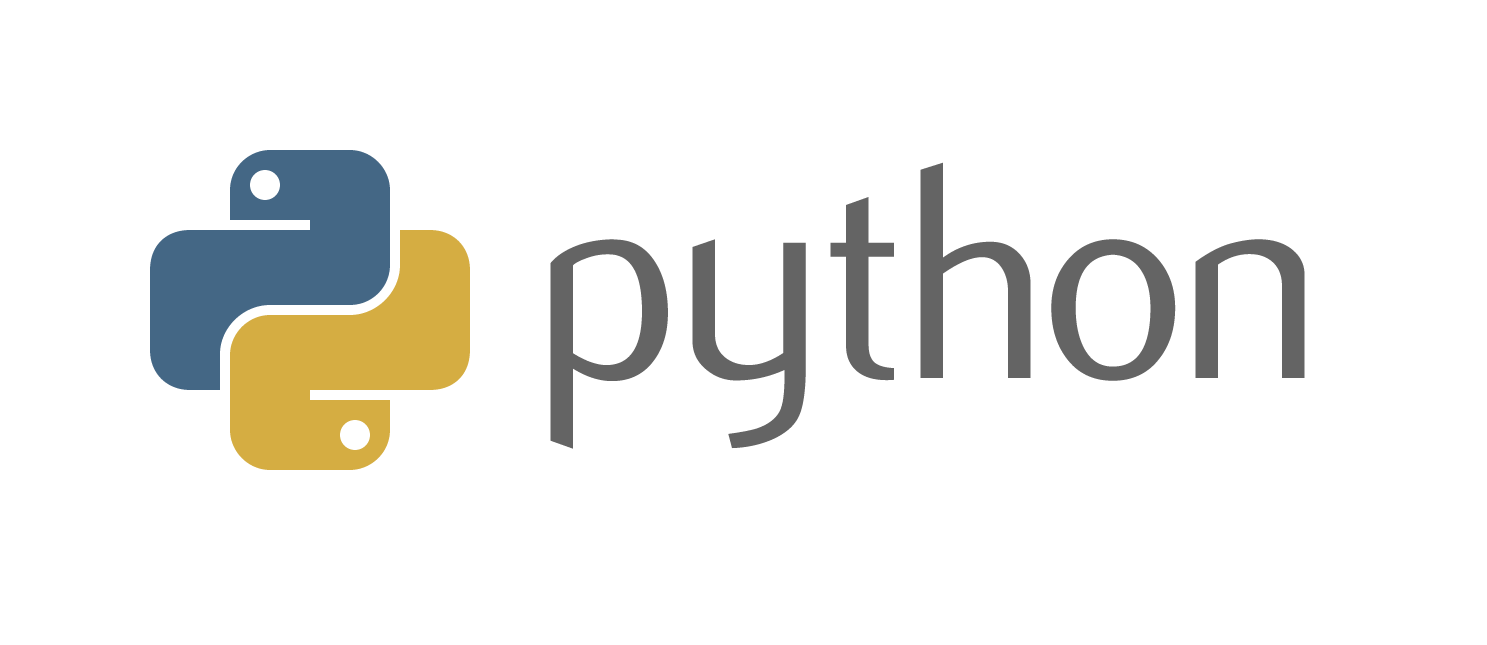


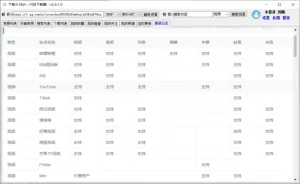
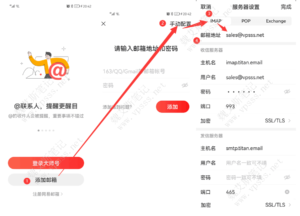


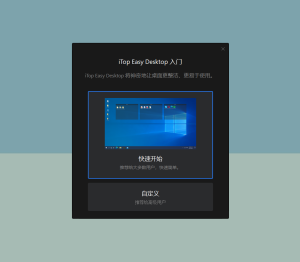










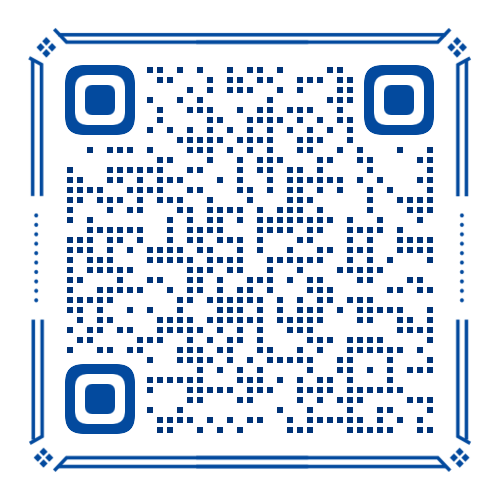
暂无评论内容